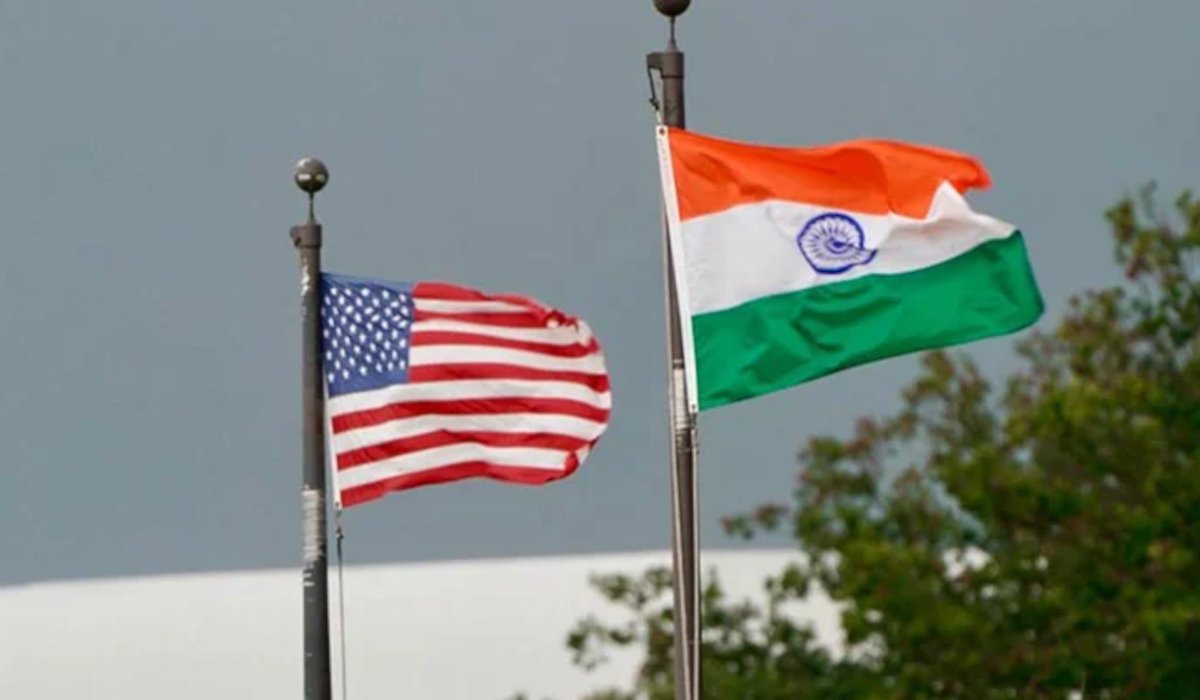India is likely to witness above-average monsoon rainfall in September, raising hopes for agriculture but also prompting fears of flash floods in several regions.
According to the India Meteorological Department (IMD), widespread heavy rain is expected throughout the month, particularly across northern and eastern states. Officials have issued alerts for localized flooding, warning that vulnerable districts must remain on high alert.
According to our correspondent, this comes after an already wet August, which has left soil moisture levels high and rivers swollen. While additional rainfall could benefit farmers growing rice, pulses, soybean, and cotton, it also increases the risk of damage to ripening crops and infrastructure.
The IMD cautioned that intense spells of rain in short periods could overwhelm urban drainage systems, leading to waterlogging and disruptions. States have been advised to ensure disaster response teams are ready and relief shelters are adequately prepared.
Our correspondent adds that in the Himalayan states and the northeastern region, where terrain and fragile infrastructure heighten vulnerability, local administrations have been instructed to relocate residents from flood-prone zones. Reservoir management will also play a key role in minimizing damage.
Experts note that above-average September rainfall, coupled with climate variability, could make this one of the most challenging monsoon months in recent years. Authorities are balancing optimism for improved groundwater recharge with concerns over human safety, property loss, and food security.

























